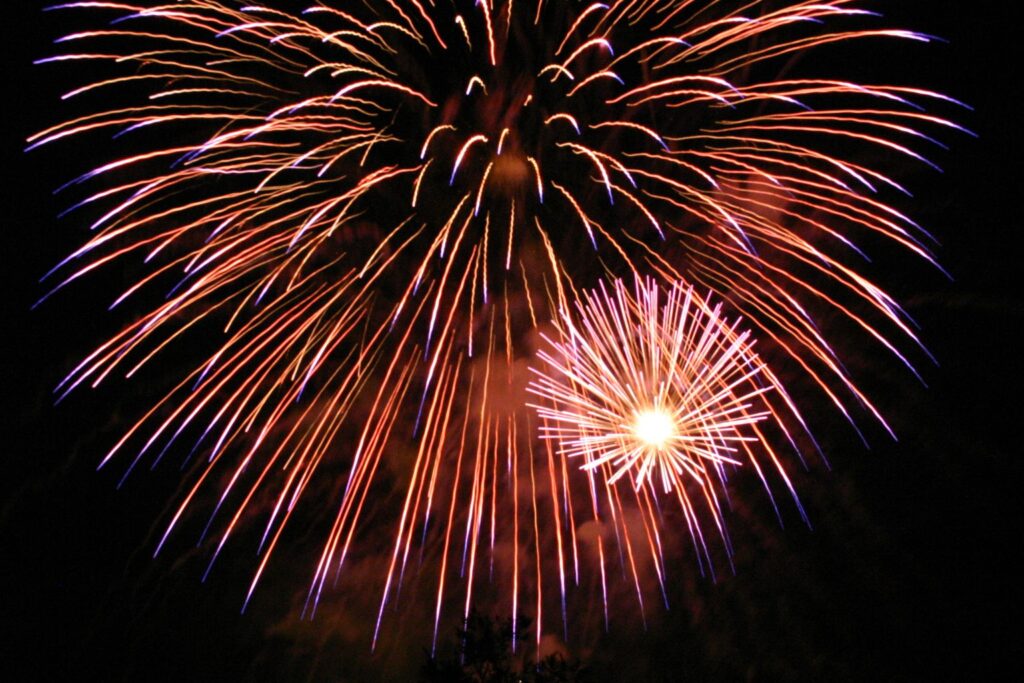
Alright, listen up, ’90s kids (and everyone who just loves a good throwback)! We’re about to take a deep dive into a decade that was, in a word, *wild*. The 1990s—often remembered for everything from grunge rock and Tamagotchis to dial-up internet—was so much more than just a vibe. It was a period of monumental shifts that literally reshaped our world, setting the stage for everything we experience today. Think about it: the internet went mainstream, the Cold War ended, and we saw some truly mind-blowing scientific breakthroughs. It was a time of undeniable change, where the future felt like it was arriving at lightning speed.
From the moment 1990 kicked off until 1999 closed the chapter, the Nineties were a whirlwind of geopolitical earthquakes, technological explosions, and cultural revolutions. It was the “post-Cold War decade,” a time when the global population swelled from 5.3 to 6.1 billion, and for many Western countries, it brought a surprising era of relative peace and prosperity. But beneath the surface of blossoming internet optimism and booming economies, seismic events were redefining nations, sparking new conflicts, and pushing the boundaries of human knowledge in ways we’re still grappling with.
So, grab your flannel shirt, cue up your favorite Eurodance track, and prepare for a journey back in time. We’re unpacking the moments, the movements, and the sheer audacity of the 1990s that continue to shape our lives. These weren’t just headlines; they were turning points, defining the beauty, the drama, and the absolute revolution that was the last decade of the 20th century. Let’s get into it, because the ’90s were truly iconic!

1. **The Dawn of the Digital Age: The World Wide Web Explodes**
Remember the distinct whirring and screeching of a dial-up modem? The 1990s were undeniably the decade when the World Wide Web ceased to be a niche academic tool and became a global phenomenon. This was the era when the internet gained massive popularity worldwide, changing how we connect, learn, and even shop forever. Suddenly, a new kind of ‘network culture’ flourished, powered by the proliferation of new media and an unprecedented ability for individuals to self-publish web pages and forge connections on professional, political, and hobby topics.
Beyond just browsing, the infrastructure supporting this digital revolution also saw incredible advancements. The evolution of the Pentium microprocessor brought unprecedented computing power to desktops, making complex tasks and multimedia more accessible. Alongside this, rechargeable lithium-ion batteries started making portable electronics truly viable, paving the way for the mobile devices we can’t live without today. These foundational technologies were critical in transforming the personal computing experience.
The internet wasn’t just for information; it was quickly seen as a new frontier for commerce. Mainstream internet users were wildly optimistic about its benefits, especially the future of e-commerce. Web portals, which functioned as curated bookmark homepages, became as popular as using early web crawlers for searching, guiding users through this brave new online world. It truly felt like anything was possible in this burgeoning digital landscape, filled with both excitement and uncharted territory.
Of course, it wasn’t all smooth sailing. The decade also witnessed the infamous dot-com bubble from 1997 to 2000, bringing immense wealth to some entrepreneurs before its dramatic crash in the early 2000s. There was also an immediate “digital divide,” with access often limited to those who could afford the technology and knew how to operate a computer. Yet, despite these challenges, the internet provided a powerful new tool, even offering anonymity for individuals skeptical of the government, fundamentally altering communication and information dissemination.
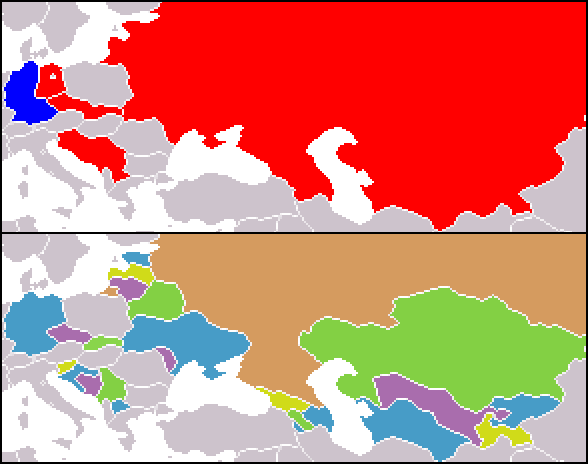
2. **A New World Order: Post-Cold War Geopolitics**
The 1990s dawned with a monumental shift in global power dynamics that truly set the tone for the entire decade. The dissolution of the Soviet Union on December 26, 1991, following the failed August Coup, was not just an event; it was the symbolic end of the Cold War. This effectively marked the conclusion of Russia’s status as a superpower and the end of a multipolar world, ushering in a new era where the United States emerged as the world’s sole superpower. This dramatic realignment fostered relative peace and prosperity for many Western countries, but it also saw the rise of anti-Western sentiment in other regions, complicating the global landscape.
This tectonic shift meant that the ideological battle between communism and capitalism, which had dominated the latter half of the 20th century, was largely over. Former countries of the Warsaw Pact began their challenging transition from single-party socialist states to multi-party systems with private sector economies, a wave of political liberalization that rippled across the globe. This era was truly the “post-Cold War decade,” a period culturally imagined as stretching from the Revolutions of 1989 until the September 11 attacks in 2001, defining a distinct chapter in international relations.
The global map itself was redrawn as a result of these changes. New nations emerged from the ashes of the Soviet Union, including Armenia, Azerbaijan, Belarus, Estonia, Georgia, Kazakhstan, Kyrgyzstan, Latvia, Lithuania, Moldova, Tajikistan, Turkmenistan, Ukraine, and Uzbekistan, each charting its own independent course. These transformations created new complexities for international diplomacy and security, as these newly independent states navigated their identities and relationships with former adversaries and allies. It was a time of immense hope for self-determination but also of profound challenges in nation-building.
While the US enjoyed a period of significant global influence, the seeds of future geopolitical challenges were also sown. China, for instance, was still recovering from a politically and economically turbulent period, quietly laying the groundwork for its eventual rise. The shift from a bipolar world to a unipolar one led to different kinds of tensions and required a complete rethinking of international alliances and foreign policy. The world was learning to operate without the constant shadow of superpower confrontation, but new regional conflicts and power struggles quickly emerged to fill the vacuum, ensuring the ’90s were far from uneventful.
Read more about: Beyond the Spectacle: What China’s Military Parade Reveals for Asia and a Reordering World
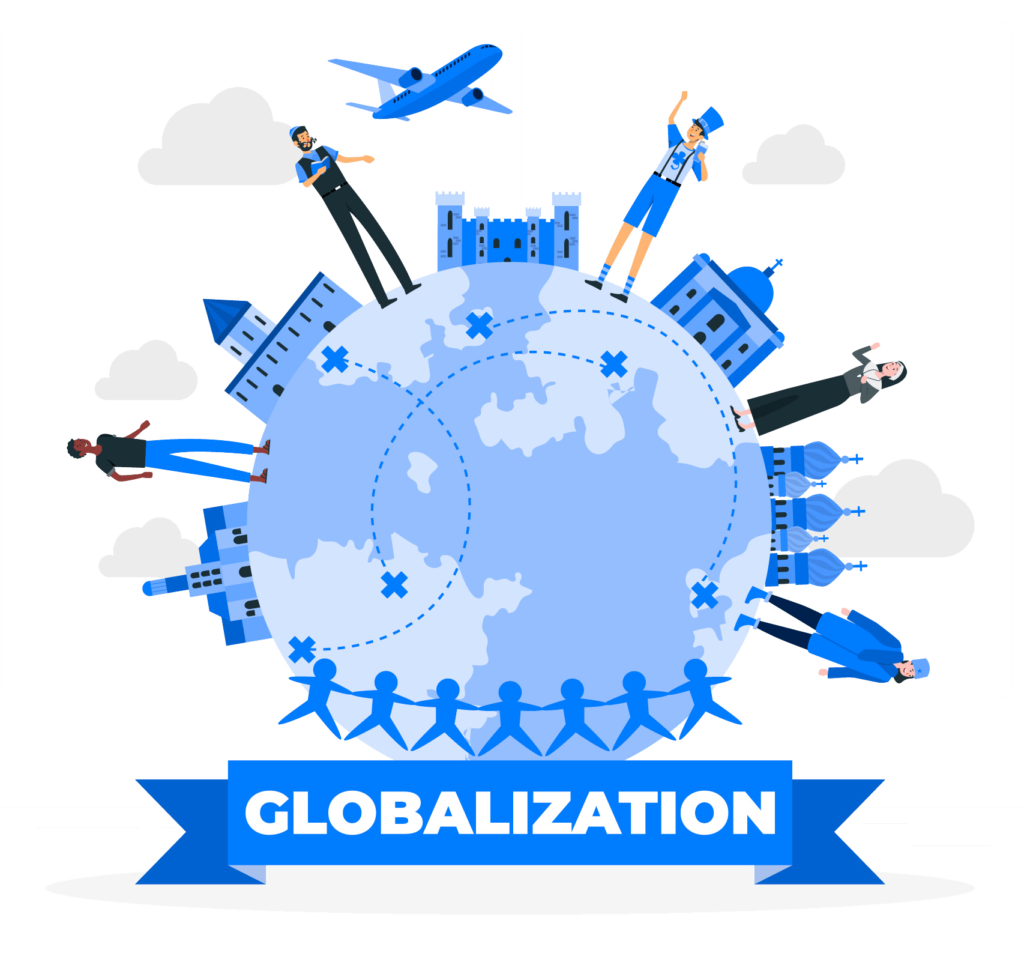
3. **Globalization Takes Hold: Economic Blocs and Bubbles**
If the 1990s were about anything, they were about breaking down barriers – not just political ones, but economic too. This decade saw an undeniable surge in globalization, as countries increasingly interconnected their economies through trade agreements and new international organizations. The establishment of the European Union (EU) in 1993, following the Maastricht Treaty in 1992, was a monumental step, creating a powerful economic and political bloc that would reshape the continent. This move symbolized a deeper integration among European nations, aiming for shared prosperity and stability after centuries of conflict.
Across the Atlantic, North America was also getting in on the action. The North American Free Trade Agreement (NAFTA) came into effect on January 1, 1994, creating a massive free-trade zone encompassing Canada, Mexico, and the United States. This agreement aimed to eliminate trade barriers and foster economic growth across the continent, becoming a defining feature of the decade’s economic landscape. These regional agreements were complemented by the establishment of the World Trade Organization (WTO) in 1995, further cementing a global framework for international trade and setting new rules for economic engagement on a worldwide scale.
This period also saw the continued mass-mobilization of capital markets, driven by neoliberal policies that advocated for free markets and reduced government intervention. Countries like Argentina, Brazil, Chile, India, Indonesia, Malaysia, Mexico, the Philippines, South Africa, South Korea, Taiwan, and Thailand all embraced market reforms and political liberalization, aiming for steady economic growth. High-income countries, in particular, experienced consistent growth during what was known as the Great Moderation, a period extending from the 1980s through the 2000s, fostering a sense of widespread prosperity.
However, this era of rapid economic integration wasn’t without its dramatic ups and downs. The much-hyped dot-com bubble, which inflated between 1997 and 2000, showcased the speculative nature of the new internet economy, creating immense, albeit fleeting, wealth for some entrepreneurs before its inevitable burst. Furthermore, the Asia-Pacific economies of the Four Asian Tigers, ASEAN, Australia, and Japan were severely hampered by the 1997 Asian financial crisis and the early 1990s recession, proving that globalized economies were also susceptible to widespread contagion. It was a truly dynamic, sometimes volatile, economic period.

4. **Beyond Grunge: A Music and Pop Culture Renaissance**
The ’90s, culturally, were *chef’s kiss*. While grunge music provided a raw, introspective soundtrack for Generation X, the decade’s musical landscape was far more diverse and electrifying. This was a time when alternative music truly broke through, giving us iconic sounds like the Seattle grunge scene, the pulsating rhythms of reggaeton, the infectious beats of Eurodance, the burgeoning global phenomenon of K-pop, and the ever-evolving storytelling of hip-hop. These genres didn’t just coexist; they thrived, creating a vibrant tapestry of sounds that defined a generation and continue to influence music today.
A huge part of this cultural explosion was facilitated by advances in media consumption. The widespread rise in satellite and cable television meant that music videos and diverse programming were accessible to more households than ever before. MTV was still a massive cultural force, and specialized channels allowed for deeper dives into specific genres, helping artists reach wider audiences and build loyal fanbases. The visual aspect of music became paramount, and the decade produced some truly iconic music videos that are still talked about today.
But the ’90s wasn’t just about what you were listening to; it was also about what you were watching. Humor in television and film during this period was marked by ironic self-references mixed with an abundance of popular culture references. Think about shows like *Friends* or movies that expertly blended witty dialogue with nods to the cultural zeitgeist. This style of humor resonated deeply with audiences, creating a sense of shared understanding and cementing many ’90s productions as timeless classics. It felt fresh, smart, and incredibly relatable.
And let’s not forget the gaming revolution! Video game popularity absolutely exploded in the ’90s, largely thanks to groundbreaking developments like CD-ROM supported 3D computer graphics. Platforms like the Sony PlayStation, Nintendo 64, and PCs brought immersive, graphically rich worlds into our homes, forever changing the entertainment landscape. From fighting games to adventure titles, the interactive experiences of the ’90s laid the groundwork for the massive gaming industry we know today, creating shared memories and fierce console loyalties. It was a truly golden age for entertainment innovation.
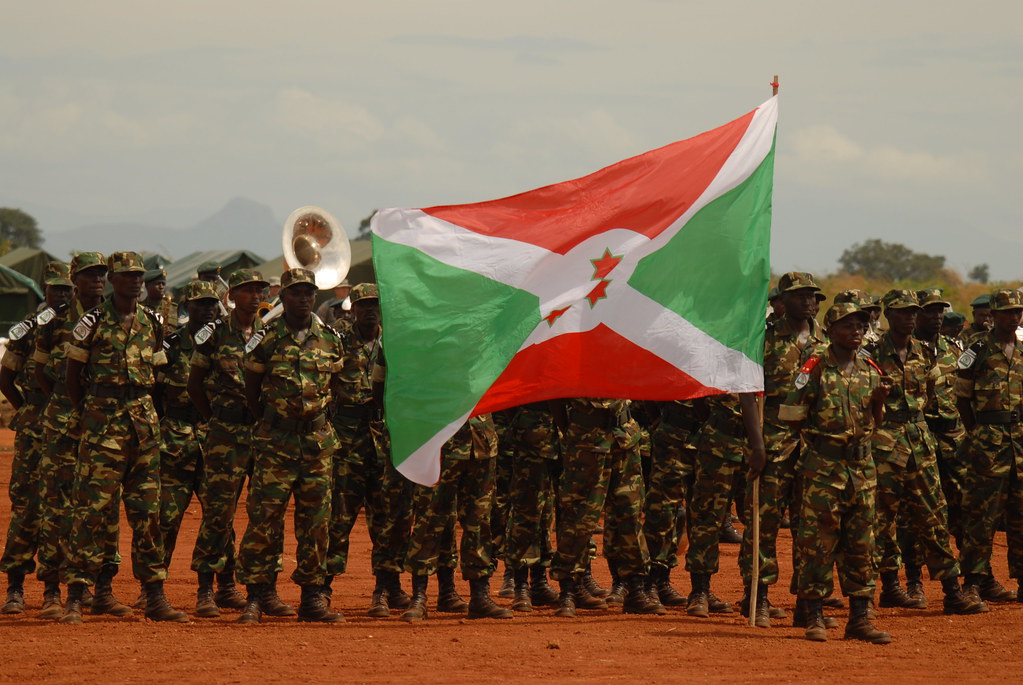
5. **Unforgettable Political Transformations in Africa**
The 1990s marked an incredibly significant period for Africa, particularly in South Africa, where monumental political changes finally brought an end to decades of injustice. On February 11, 1990, the world watched as African National Congress leader Nelson Mandela was released from prison after an astounding thirty years of imprisonment. His release, following his steadfast opposition to apartheid and white-minority rule, signaled that a new dawn was breaking. It was a moment of profound hope, not just for South Africa, but for freedom movements globally, demonstrating the power of perseverance and resistance against oppressive systems.
Mandela’s release was the beginning of the end for apartheid, a system of institutionalized racial segregation that had brutalized South Africa for generations. This deeply entrenched system was officially dismantled in 1994, marking a truly transformative moment in human rights history. The world had long condemned apartheid, and its abolition represented a triumph of international pressure and sustained internal struggle. It was a testament to the courage of countless individuals who fought for equality and justice against overwhelming odds.
The culmination of this incredible journey came with the historic 1994 elections, where Nelson Mandela was elected President of South Africa. This wasn’t just any election; it was the first democratically elected president in South African history, definitively ending a long and painful legacy of apartheid white rule. His presidency symbolized reconciliation, hope, and the possibility of building a truly inclusive society from the ashes of division. It was an inspiring example of a nation overcoming its darkest chapters through dialogue and commitment to democratic ideals.
Beyond South Africa, other significant events were reshaping the continent. The Ethiopian Civil War, which had raged for over twenty years, finally ended in 1991 with the establishment of a coalition government, bringing a measure of peace to the region. However, the decade also saw devastating conflicts like the First and Second Congo Wars, and the harrowing Rwandan genocide in 1994, which tragically underscored the deep-seated ethnic tensions and violence that continued to plague parts of the continent. These contrasting events paint a complex picture of a continent in flux, grappling with immense challenges alongside moments of profound progress.
Read more about: How Well Do YOU Remember the ’70s? Answer These Real ‘Jeopardy’ Moments to Find Out!

6. **Humanity’s Blueprint: The Scientific Leap Forward**
While the ’90s were buzzing with pop culture and political drama, behind the scenes, scientists were quietly (and sometimes not so quietly!) making breakthroughs that would fundamentally alter our understanding of life itself. This was the decade that truly launched us into the era of advanced biotechnological exploration. Perhaps the most ambitious and defining project was the launch of the Human Genome Project in 1990 by the National Institutes of Health (NIH), with the colossal goal to sequence the entire human genome. Imagine, mapping out the complete genetic instructions for building a human! This undertaking promised to unlock secrets to disease, evolution, and medicine, and it truly captivated the scientific community.
And speaking of unlocking secrets, the decade also witnessed something that sounded straight out of science fiction: cloning. In 1997, Dolly the sheep became a global sensation as the first mammal to be cloned from an adult somatic cell. This scientific milestone sparked immense ethical debates and captured the public’s imagination, forcing us all to confront the implications of such powerful genetic manipulation. It was a moment that redefined what was possible in biological science and had us all wondering about the future of genetics.
Beyond these groundbreaking biological feats, the ’90s also saw the first gene therapy trial, offering a glimmer of hope for treating genetic diseases by correcting faulty genes. This innovative approach, still in its early stages during the decade, laid critical groundwork for future medical advancements, promising to revolutionize how we approach chronic and inherited conditions. It was a testament to the human ingenuity aimed at improving health and combating illness at a fundamental level.
But it wasn’t just biology pushing boundaries. In the realm of physics, the groundwork for truly colossal scientific endeavors was also being laid. Building the Large Hadron Collider (LHC), which would become the world’s largest and highest-energy particle accelerator, commenced in 1998. This project, a massive international collaboration, promised to probe the most fundamental questions about the universe, seeking to uncover the smallest particles and the forces that govern them. The ’90s, therefore, weren’t just about what we already knew; they were about bravely venturing into the unknown, striving to understand the very essence of existence through unparalleled scientific ambition.”
Alright, if you thought the ’90s were just about cool tech and fresh beats, buckle up! Because beneath that shiny surface, the decade was also grappling with some seriously heavy stuff. From brutal conflicts tearing nations apart to shocking acts of terror, and from powerful movements for independence to high-stakes political dramas, the Nineties were a time of intense global upheaval. It wasn’t always pretty, but these events profoundly shaped the world we live in today. Let’s dive into the decade’s darker, more complex facets, because understanding these challenges is key to truly grasping the ’90s legacy.
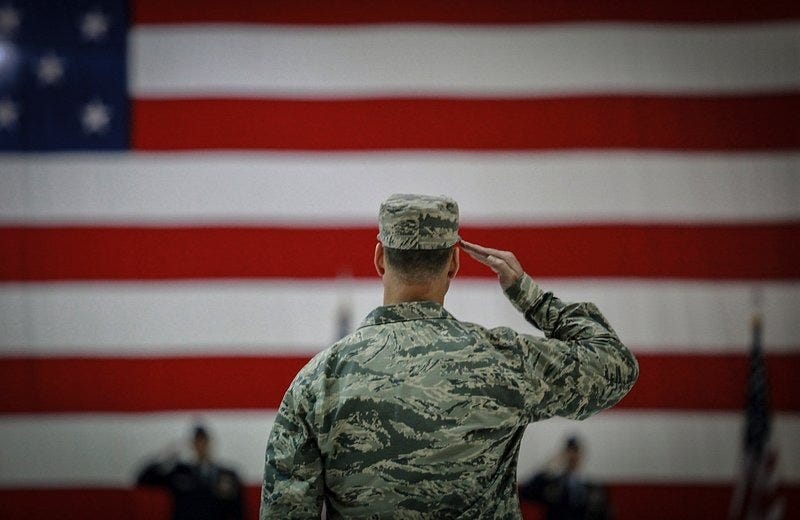
7. **A World in Flux: Major International and Civil Conflicts**
While the Cold War thawed, the world certainly didn’t become a paradise of peace. Instead, localized and regional conflicts flared up, often with devastating consequences. The 1990s were marred by the First and Second Congo Wars, which engulfed Central Africa and involved multiple nearby nations, leading to widespread suffering and instability. In the Middle East, the Gulf War in 1990-1991 saw Iraq invade Kuwait, prompting a swift, decisive response from a UN coalition led by the United States. This conflict, while brief, left Iraq in severe debt and reshaped power dynamics in the region.
Eastern Europe, freshly freed from Soviet influence, also faced its own brutal reckoning. The Yugoslav Wars, following the breakup of Yugoslavia in 1991, were notorious for horrific war crimes, including ethnic cleansing and genocide, with Muslim Bosniaks bearing the brunt of the violence. The Siege of Sarajevo became a stark symbol of urban warfare, while the Croatian War of Independence and the Bosnian War carved new nations from old alliances. These conflicts underscored the deep-seated ethnic tensions that lay beneath the surface of once-unified states.
Meanwhile, Russia found itself embroiled in two devastating Chechen Wars (1994-1996 and 1999-2009), struggling to assert control over the separatist Chechen Republic of Ichkeria. Despite overwhelming military superiority, Russian forces faced fierce resistance from Chechen guerrillas, highlighting the tenacity of nationalist movements. These wars were incredibly costly in human lives and resources, leading to significant demoralization within Russia and widespread public opposition to the conflict.
And let’s not forget Africa, which endured a number of civil wars, most tragically the Rwandan genocide in 1994, where between 500,000 and 1,000,000 people were killed in approximately 100 days. The world, including the United Nations, came under heavy criticism for its failure to intervene and stop the atrocities. Other devastating conflicts like the First Liberian Civil War, the Somali Civil War, and the Algerian Civil War painted a complex and often tragic picture of a continent grappling with immense internal struggles. It was a stark reminder that the end of one global conflict often paved the way for many others.
Read more about: Remember the ’70s? These Pivotal Moments and Transformations Mastered the Global Scene and Shaped Our World Forever.

8. **Shadows of Terror: The Rise of Devastating Attacks**
The Nineties also introduced the chilling specter of modern terrorism on a scale that caught many off guard. In the United States, 1993 saw the first World Trade Center bombing, which brought domestic and international terrorism into sharper public awareness as a potential threat. It was a wake-up call, showing that the homeland was not immune to such violence.
Just two years later, America was rocked by the Oklahoma City bombing in 1995, a horrific attack on a federal building that killed 168 people, becoming the deadliest terrorist attack in the United States at that time. This domestic act of terror, fueled by anti-government sentiment, deeply traumatized the nation and sparked intense debates about extremism. It showed that threats could emerge from within, not just from abroad.
Across the globe, other heinous acts of terror unfolded. In Bosnia and Herzegovina, the Markale market massacres and the Srebrenica genocide targeted Bosniak civilians, highlighting the brutal nature of the conflicts there. Argentina experienced its deadliest bombing in history with the AMIA bombing in 1994, targeting the Jewish community and killing 85 people. These were not just isolated incidents; they were calculated acts of terror meant to sow fear and division.
Towards the end of the decade, the threat evolved with a chilling global reach. In 1998, Al-Qaeda militants carried out devastating bomb attacks on United States embassies in Kenya and Tanzania, prompting retaliatory cruise missile strikes from the U.S. naval forces against Al-Qaeda bases. The LAX bombing plot in 1999, involving an Islamist militant associated with Al-Qaeda, revealed ambitions to strike on U.S. soil again, signaling the ominous dawn of a new era of international terrorism that would tragically define the next century.
Read more about: Remember the ’00s? These 11 Unforgettable Influences Were the Decade’s True Princes!
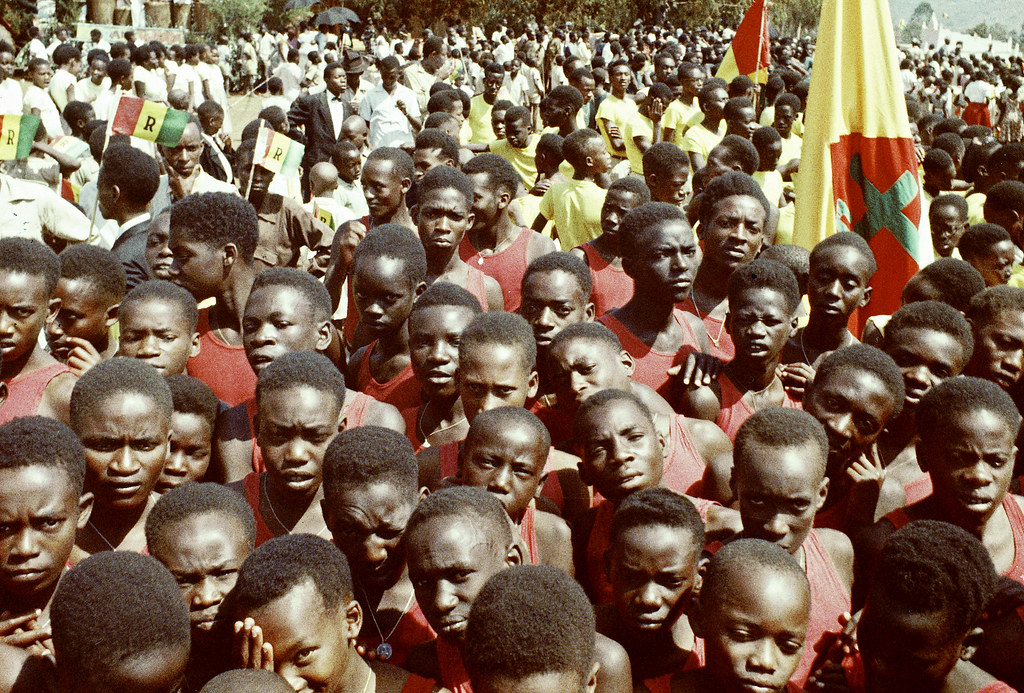
9. **New Borders, New Beginnings: Decolonization and Independence Movements**
The 1990s were a powerhouse decade for nations asserting their sovereignty and redrawing the world map. Following the South African Border War, Namibia proudly gained its independence from South Africa on March 21, 1990, a moment of profound significance for the continent. This was a clear sign that the era of colonial domination was truly drawing to a close, marking a new chapter for self-determination.
The most dramatic redrawing, however, came with the dissolution of the Soviet Union in 1991, which saw numerous Soviet Socialist Republics (SSRs) declare their independence, one after another. From Armenia to Ukraine, Kazakhstan to Estonia, a constellation of new nations emerged, each charting its own course after decades under Soviet rule. It was an exhilarating, yet challenging, period of nation-building and self-definition for these newly liberated states.
Yugoslavia also fractured, leading to the independence of Croatia, Slovenia, Bosnia and Herzegovina, and Macedonia between 1991 and 1992, creating a complex tapestry of new countries in the Balkans. Similarly, Czechoslovakia peacefully dissolved in 1993, giving birth to the Slovak Republic and the Czech Republic, a remarkable example of a negotiated separation. These events showcased diverse paths to independence, from violent conflict to amicable division.
Other significant shifts included Eritrea gaining independence from Ethiopia in 1993, and the remote Pacific island nation of Palau achieving sovereignty from the United Nations Trusteeship Council in 1994. Towards the very end of the decade, the world watched as Hong Kong was handed over from the United Kingdom to the People’s Republic of China in 1997, followed by Macau from Portugal in 1999, marking the end of significant European colonial presence in Asia. East Timor also broke away from Indonesian occupation in 1999 after a long and brutal struggle, demonstrating the powerful human yearning for self-rule.
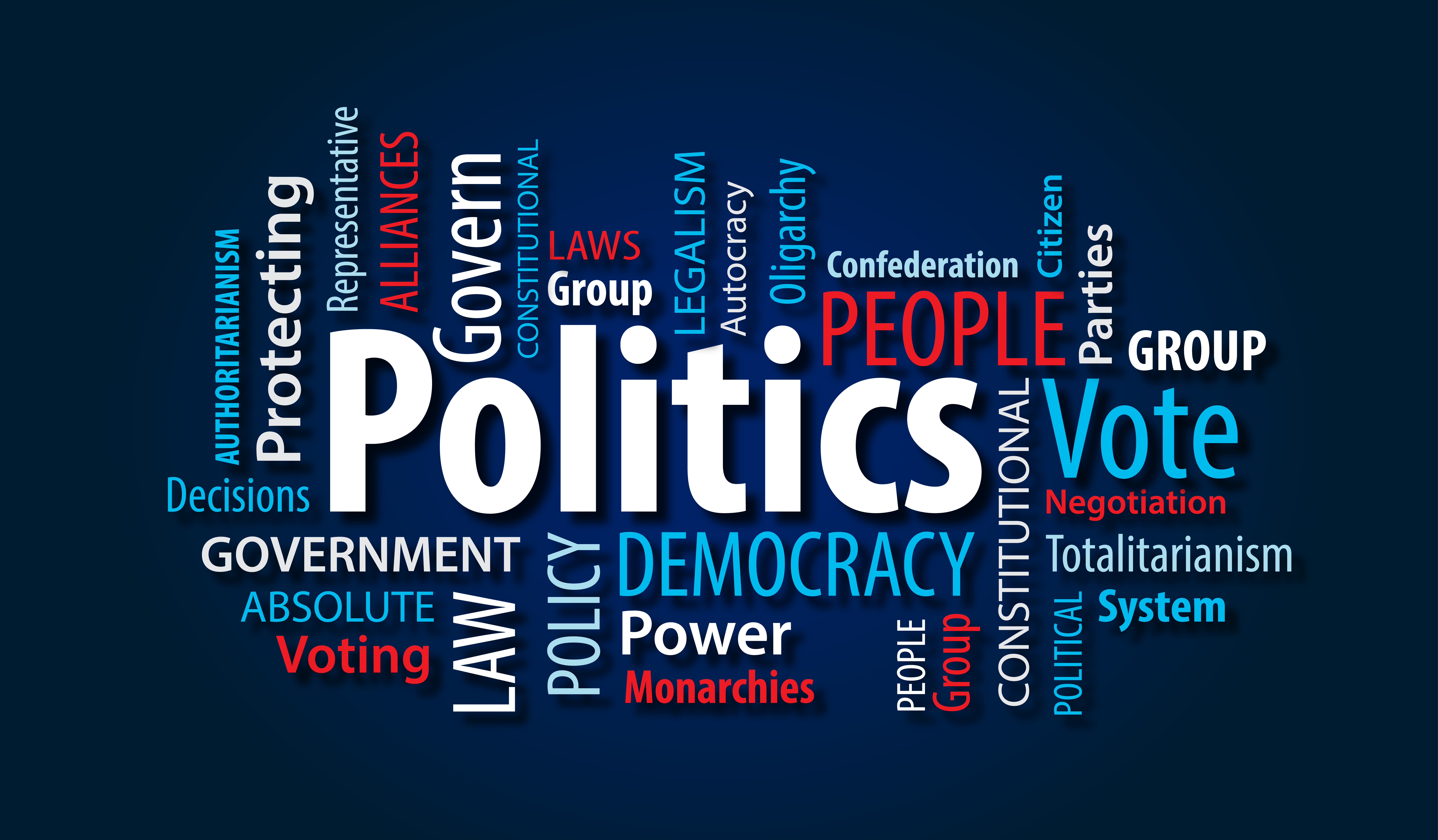
10. **Political Rollercoasters: High-Stakes Presidential Dramas and Scandals**
The 1990s weren’t just about global shifts; they were also a decade of intense political drama and scandal within nations, proving that leadership can be a wild ride. In the United States, President Bill Clinton became a dominant figure, known for his foreign policy efforts and free trade advocacy. However, his presidency was overshadowed in the late ’90s by the infamous Clinton-Lewinsky scandal. This media-frenzied affair led to his impeachment by the House of Representatives in 1998 for perjury, though he was ultimately acquitted by the Senate, serving out his term despite the intense scrutiny.
Russia, still reeling from the fall of the Soviet Union, faced its own political tempest. The 1993 Russian constitutional crisis saw President Boris Yeltsin in a severe standoff with parliament, culminating in the controversial shelling of the Russian parliament building. Yeltsin, who presided over a period of political unrest and economic crisis, eventually resigned on New Year’s Eve 1999, leaving Vladimir Putin as acting president. Talk about a dramatic exit!
Down in Latin America, political landscapes were just as dynamic. In Peru, Alberto Fujimori rose to power, bringing economic development but also a dark legacy of human rights violations and rampant corruption. Meanwhile, in Venezuela, Hugo Chávez, after a failed coup attempt in 1992, successfully transformed his political fortunes and was elected president in 1998, ushering in a new era for the country. These leaders profoundly impacted their nations, for better or worse.
Canada also saw its own political earthquake with the collapse of the Progressive Conservative Party in the 1993 federal election, a major shift in its two-party dominance. The province of Quebec experienced a renewed wave of separatism, culminating in a nail-biting 1995 referendum on independence that was narrowly rejected by voters. These domestic dramas captivated citizens, highlighted deep divisions, and demonstrated that even established democracies weren’t immune to political upheaval and high-wire acts.
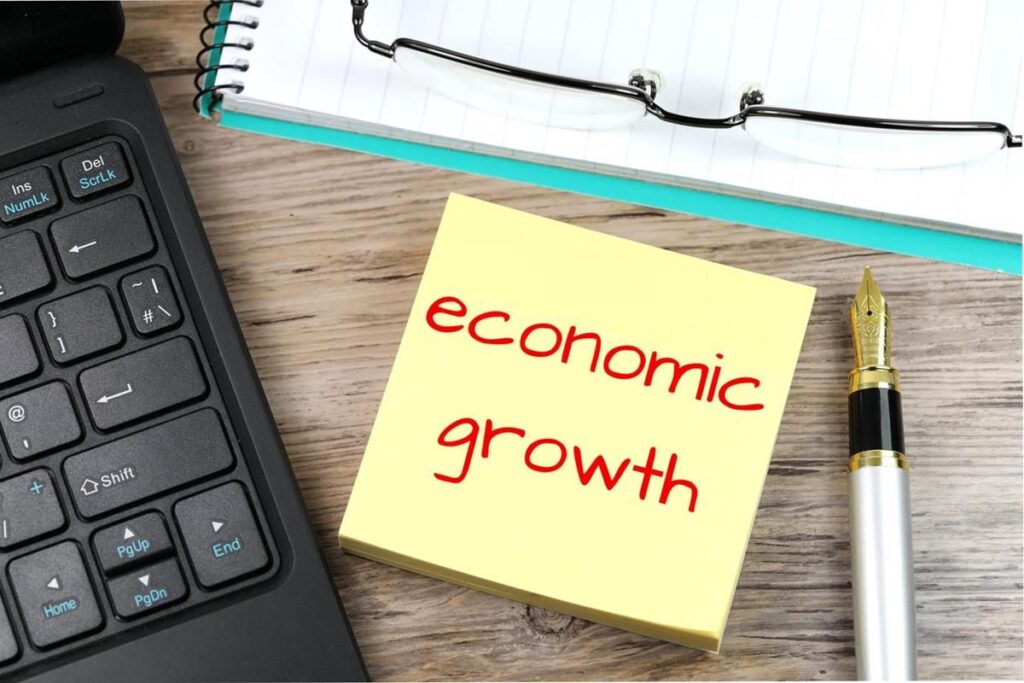
11. **Asia’s Ascent and Challenges: Dynamic Economic and Political Transformations**
Asia in the 1990s was a continent of stark contrasts, experiencing rapid economic growth alongside significant political turmoil and social challenges. The decade began with a hopeful note for Lebanon, as its long civil war finally concluded in 1990, paving the way for the rebuilding of the country and its capital, Beirut, a true phoenix-from-the-ashes moment. Meanwhile, the 1990 Nepalese revolution brought an end to absolute monarchy and restored democracy, showing the enduring power of popular movements for change.
A pivotal moment for regional peace came with the Oslo Accords in 1993, where Israeli Prime Minister Yitzhak Rabin and PLO Chairman Yasser Arafat agreed to a peace process, leading to the creation of the autonomous Palestinian National Authority. This seemed to herald a new era of dialogue, though the assassination of Rabin in 1995 underscored the deep divisions that persisted. It was a reminder of the fragility of peace in a deeply contested region.
The economic narrative of Asia was equally compelling. South Korea and Taiwan cemented their status as developed countries and two of the “Four Asian Tigers,” implementing democratic and neoliberal reforms. However, this incredible growth was dramatically hampered by the 1997 Asian financial crisis and the early 1990s recession, which also hit Japan, Australia, and ASEAN economies hard. It was a sharp lesson in the interconnectedness and vulnerability of globalized markets.
In Southeast Asia, Burma (Myanmar) saw Aung San Suu Kyi’s National League for Democracy win a majority in the first free election in 30 years in 1990, only for the military to refuse to relinquish power, sparking a peaceful but persistent struggle for democracy. Indonesia witnessed a dramatic shift with President Suharto’s resignation in 1998 after 32 years of rule, leading to the “Reform era.” Even India underwent significant economic liberalization after the assassination of former Prime Minister Rajiv Gandhi in 1991, signaling a new direction for the subcontinent. North Korea, under Kim Jong Il, gained a reputation for money laundering and weapons proliferation, becoming a prominent international concern.
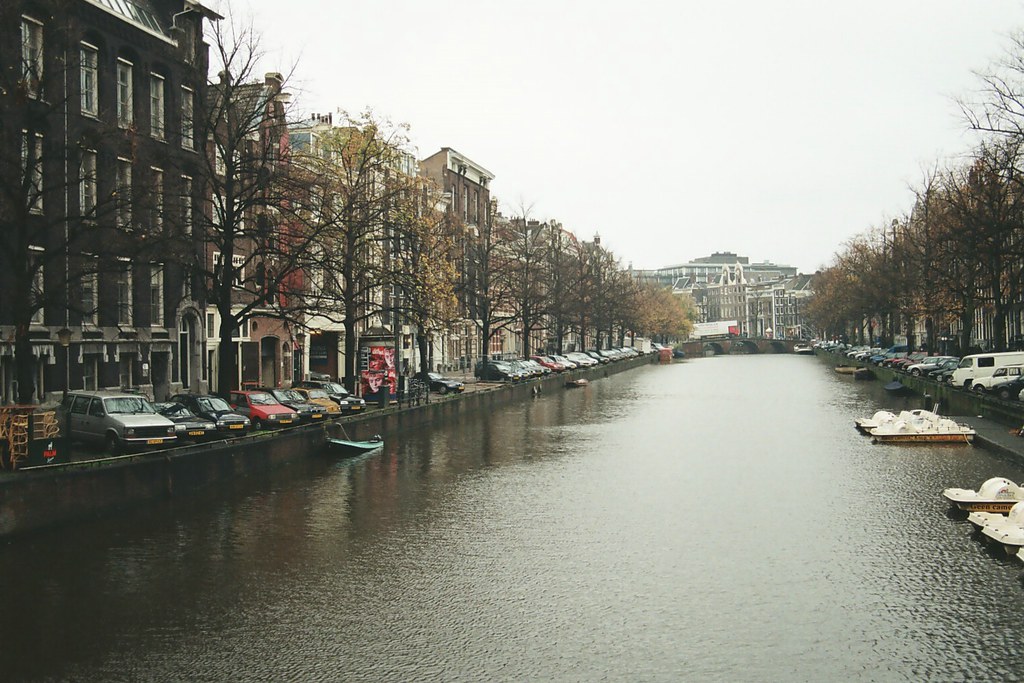
12. **Europe’s Evolving Identity: Reunification and Deeper Integration**
Europe in the 1990s wasn’t just about the end of the Cold War; it was about reimagining its very identity, pushing for deeper integration while grappling with internal shifts. We already touched on the German reunification in 1990, but it’s worth emphasizing the immense challenge of reintegrating the formerly communist East with the capitalist West, a monumental task that absorbed much of the decade’s focus and resources. It was a true test of national unity and economic convergence.
The creation of the European Union (EU) in 1992 with the Maastricht Treaty solidified a path toward unprecedented political and economic integration across the continent. This wasn’t just about trade; it was about shared governance, a common currency, and a unified vision for peace and prosperity. However, this integration was not without its bumps. In the UK, Prime Minister Margaret Thatcher, a long-serving icon, resigned in 1990 due to opposition over the controversial Community Charge and her resistance to deeper European integration, notably the Maastricht Treaty and the European Exchange Rate Mechanism (ERM).
The turbulence continued for Britain, with the infamous “Black Wednesday” in September 1992, when the pound sterling crashed out of the ERM, marking a significant economic and political blow. These events highlighted the complexities and occasional resistance to the grand European project, proving that unity often came with intense debate and national sacrifice.
Northern Ireland, a region long plagued by sectarian violence known as “The Troubles,” finally saw a glimmer of hope. The Downing Street Declaration in 1993 affirmed the right to self-determination and laid the groundwork for a peaceful settlement, culminating in the historic Good Friday Agreement in 1998, which brought an end to 30 years of conflict. This agreement, a triumph of diplomacy and perseverance, offered a blueprint for resolving long-standing, seemingly intractable disputes, proving that even the deepest divisions could eventually be bridged. The 90s for Europe were a mixed bag of ambition, integration, and a tenacious fight for peace.
Phew, what a ride! The Nineties, far from being just a nostalgic blur of flannel and dial-up, were a crucible of change, a decade where the world fractured and reformed, grappled with immense challenges, and laid the foundations for our modern era. From groundbreaking tech to brutal conflicts, from the triumph of democracy to the shadows of terror, it was a time of undeniable impact. Understanding these moments isn’t just a trip down memory lane; it’s a vital look at the forces that still shape our present. So, next time you hear a ’90s track, remember it’s not just a song—it’s the soundtrack to a world being born. Truly iconic, right?”



.jpg)
